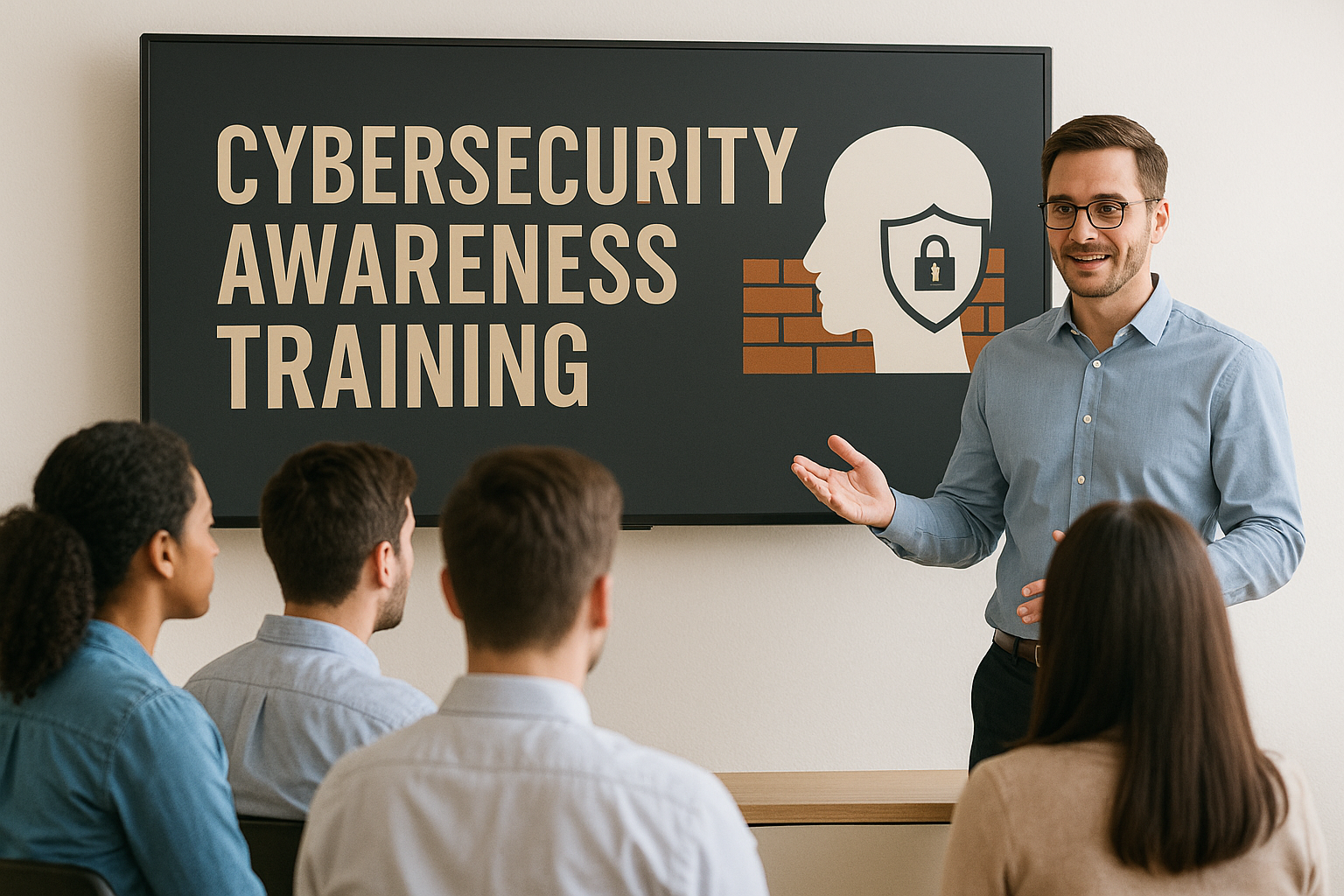Cybersecurity Awareness Training: Building a Human Firewall
Published on 2025-04-25 by Light4Tech Solutions

In the digital era, cyber threats are not just a technical problem—they’re a human one. No matter how advanced an organization’s security systems are, a single click on a malicious link by an unsuspecting employee can compromise an entire network. This is why cybersecurity awareness training is no longer optional. It's a necessity. It's how you build your human firewall—the people-powered layer of defense against hackers, scammers, and digital criminals.
Understanding the Human Element of Cybersecurity
Cybercriminals often target the path of least resistance: people. Phishing emails, social engineering, and fraudulent links exploit human curiosity, trust, or urgency. According to a 2024 report by IBM, human error remains a factor in 95% of all cybersecurity incidents. That statistic speaks volumes about where businesses need to focus their efforts.
Security hardware and software can block many attacks, but they can't stop an employee from unknowingly clicking a harmful link or downloading an infected file. That’s why cybersecurity awareness training is crucial. By educating employees on how to recognize, avoid, and report threats, you turn your workforce into an intelligent line of defense that actively resists cyber attacks.
Key Components of Effective Cybersecurity Training
Cybersecurity awareness programs aren’t just PowerPoint slides or one-time workshops—they should be ongoing, engaging, and practical. Here are the core components of a successful program:
1. Phishing Simulation and Education
Phishing remains the top attack vector globally. Employees should be trained to spot red flags such as unusual sender addresses, grammatical errors, fake URLs, and urgent requests for sensitive information. Simulated phishing emails help reinforce this by allowing employees to practice identifying threats in a safe environment.
2. Password and Access Management
Weak or reused passwords are a goldmine for attackers. Training should include guidance on creating strong, unique passwords and using password managers. Additionally, introducing two-factor authentication (2FA) and educating employees on its use adds an extra layer of security.
3. Safe Internet and Email Practices
Employees need to understand the dangers of clicking unknown links, downloading unverified attachments, or using unsecured public Wi-Fi. Training should reinforce secure browsing habits and encourage skepticism of unexpected emails—even if they appear to come from within the organization.
4. Incident Reporting Protocols
Knowing what to do after a potential security breach is just as important as preventing one. Employees should be taught how to report suspicious activity immediately, without fear of blame. Quick reporting can significantly reduce damage in the event of an attack.
5. Role-Based Training
Different roles have different levels of risk and responsibility. Executives, IT staff, HR personnel, and customer service representatives may each face unique threats. Tailoring training to different roles ensures relevance and maximizes effectiveness.
The Long-Term Benefits of Building a Human Firewall
Investing in cybersecurity awareness training not only reduces the likelihood of breaches, but it also fosters a security-first culture across the organization. When every team member is empowered to protect company data, they contribute to a safer, more resilient workplace.
Additionally, many regulations and industry standards—such as GDPR, HIPAA, and ISO/IEC 27001—require or strongly recommend security awareness training. Compliance aside, it simply makes good business sense.
From Liability to Asset: Empower Your People
It’s time to shift the narrative. Employees shouldn't be viewed as the weakest link in cybersecurity but as your strongest asset. With the right training, tools, and support, your team becomes your first alert system—detecting threats before they become disasters.
Start today - Empower your workforce and turn cybersecurity awareness into your company’s greatest defense with this course here!